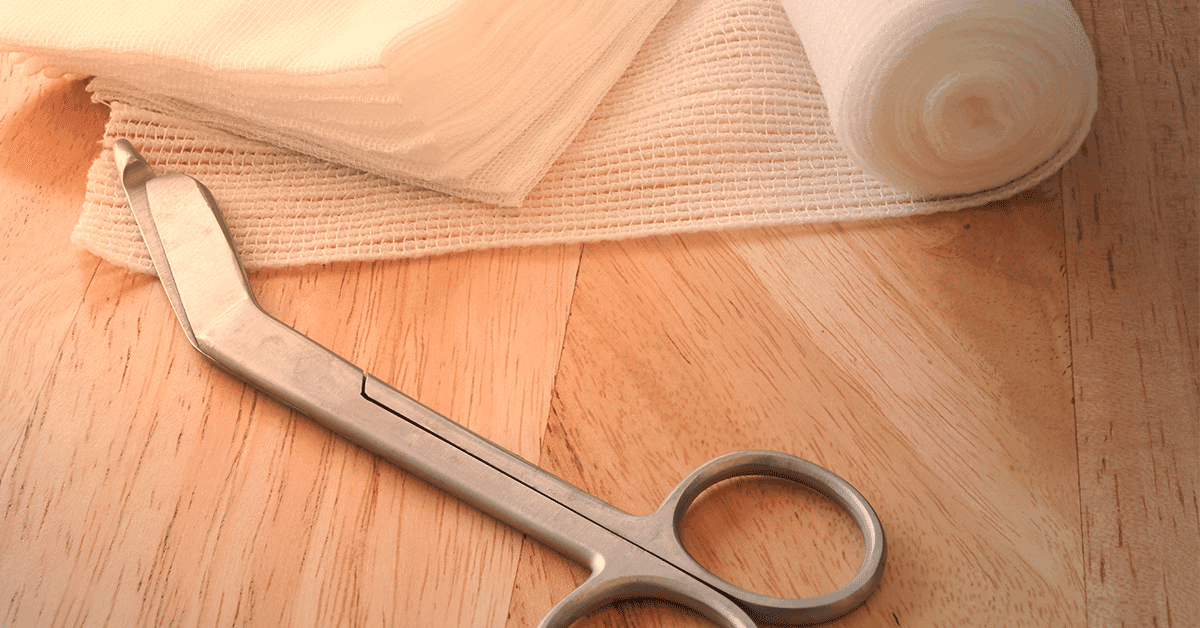Repairing damaged or diseased skin is challenging and can take time. But could new technologies accelerate the healing process and restore the original skin characteristics? And could that be as simple as a lick of PAINT?

Wound healing involves numerous cell types, cytokines, mediators, and the vascular system. This complex phenomenon typically takes four to weeks and is completed in four key stages: hemostasis (stop the bleeding), inflammation (prevent infection), proliferation (repair the damaged tissue), and maturation/remodeling (reinstill elasticity and durability). The first two steps are usually completed in a couple of days, but the proliferative phase that follows can last several weeks as tissue and blood vessels are regenerated. Finally, the maturation/remodeling phase is where the skin or resulting scar strengthens—but while nature usually has this covered, a problem exists for more serious wounds that may take significantly longer to heal and may result in chronic pain and infection. These problem wounds arise in a number of scenarios, from accidental trauma or surgery to those in people with conditions such as diabetes.
However, new research published in ACS Applied Materials & Interfaces is looking at a bio-ink made from extracellular vesicles, which could be one day used to regulate the inflammatory microenvironment and promote vascular regeneration. These cell-derived vesicles are enriched with multiple proteins, nucleic acids, and metabolites, creating a beneficial immune microenvironment for wound repair.
The team of researchers developed a system called PAINT: Portable bioActive INk for Tissue healing. The PAINT platform uses a 3D printing pen to deliver a gel-like ink made from extracellular vesicles and sodium alginate, which combine at the pen’s tip. The researchers observed that the PAINT technology was able to accelerate the healing of skin wounds when tested on a mouse model. Additionally, the flexibility of the 3D printing pen enabled the PAINT to be accurately applied to wound sites of various shapes and sizes. This accuracy is an improvement compared to existing hydrogel patches, which are preformed and offer limited geometric matching that often makes it difficult to fill irregular wounds.
Other groups are looking at similar bioprinting options for wounds that are irregular or result in full-thickness skin defects. One study reports on a new device named "SkinPen"—a portable, handheld tool loaded with a hydrogel ink made from gelatin methacrylate, bioactive glass, and copper nanoparticles. The SkinPen uses a sequence of ultrasound and ultraviolet irradiation, which together result in more enhanced bioadhesive performance of the hydrogel ink.
Another option for bio-ink is hyaluronic acid—found naturally in the human body and in many skincare products due to its incredible moisturizing and healing properties—but this requires chemical modification to make it suitable for 3D printing. Work is underway on a unique cross-linking mechanism that could make it possible to print complex structures using hyaluronic acid-based bio-inks while maintaining cell activity. Based on Nobel-winning bioorthogonal and click chemistry, initial in vivo experiments with this approach suggest that cell-laden printed hydrogels significantly promote wound healing and re-epithelialization by modulating inflammation and accelerating collagen deposition and angiogenesis.
These exciting findings demonstrate that natural polymers and their derivatives have become promising bio-inks due to their inherent biological properties. Combining advances in these materials with handheld devices could revolutionize first aid for trauma, proving beneficial for on-demand wound healing in many clinical and emergency scenarios.
